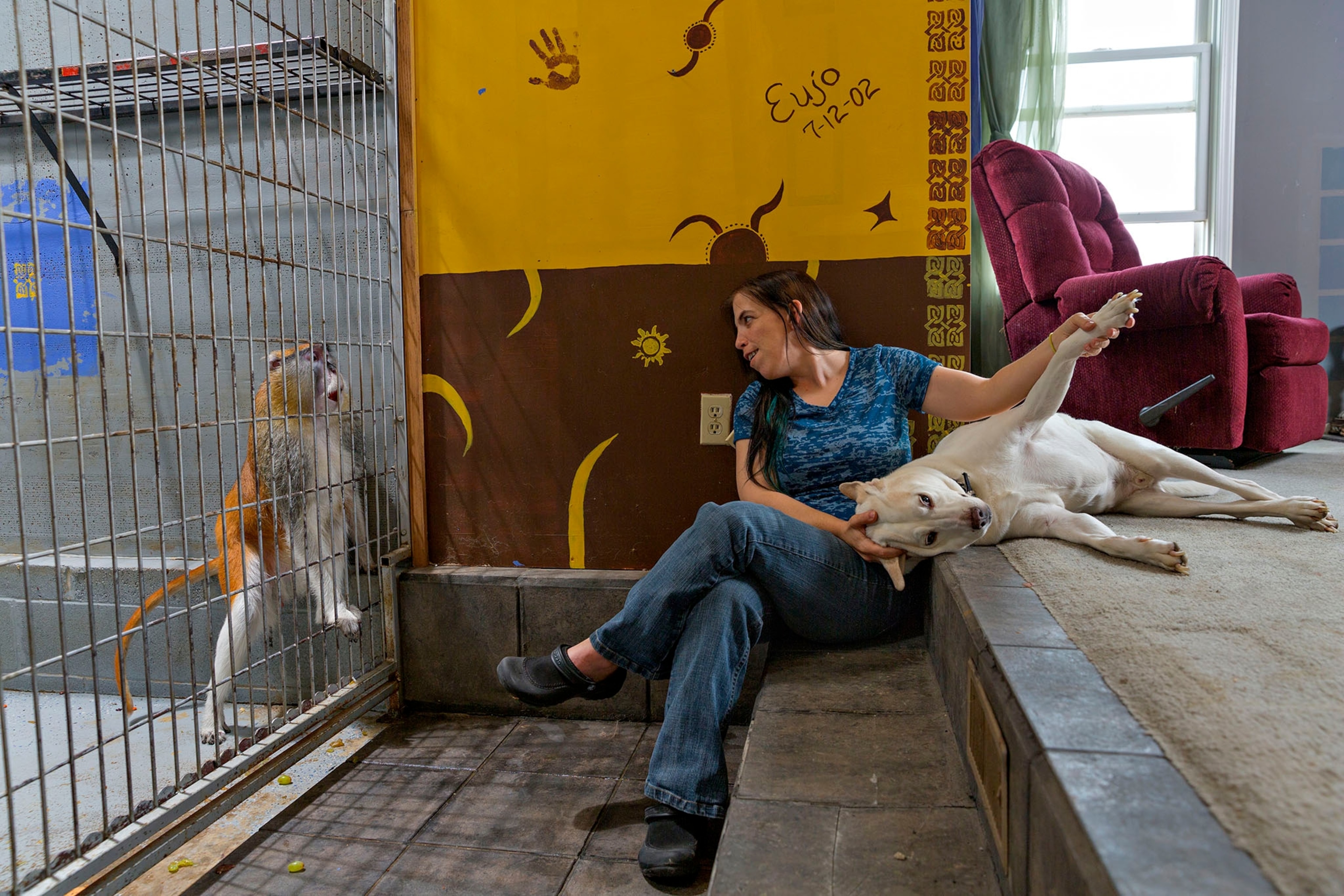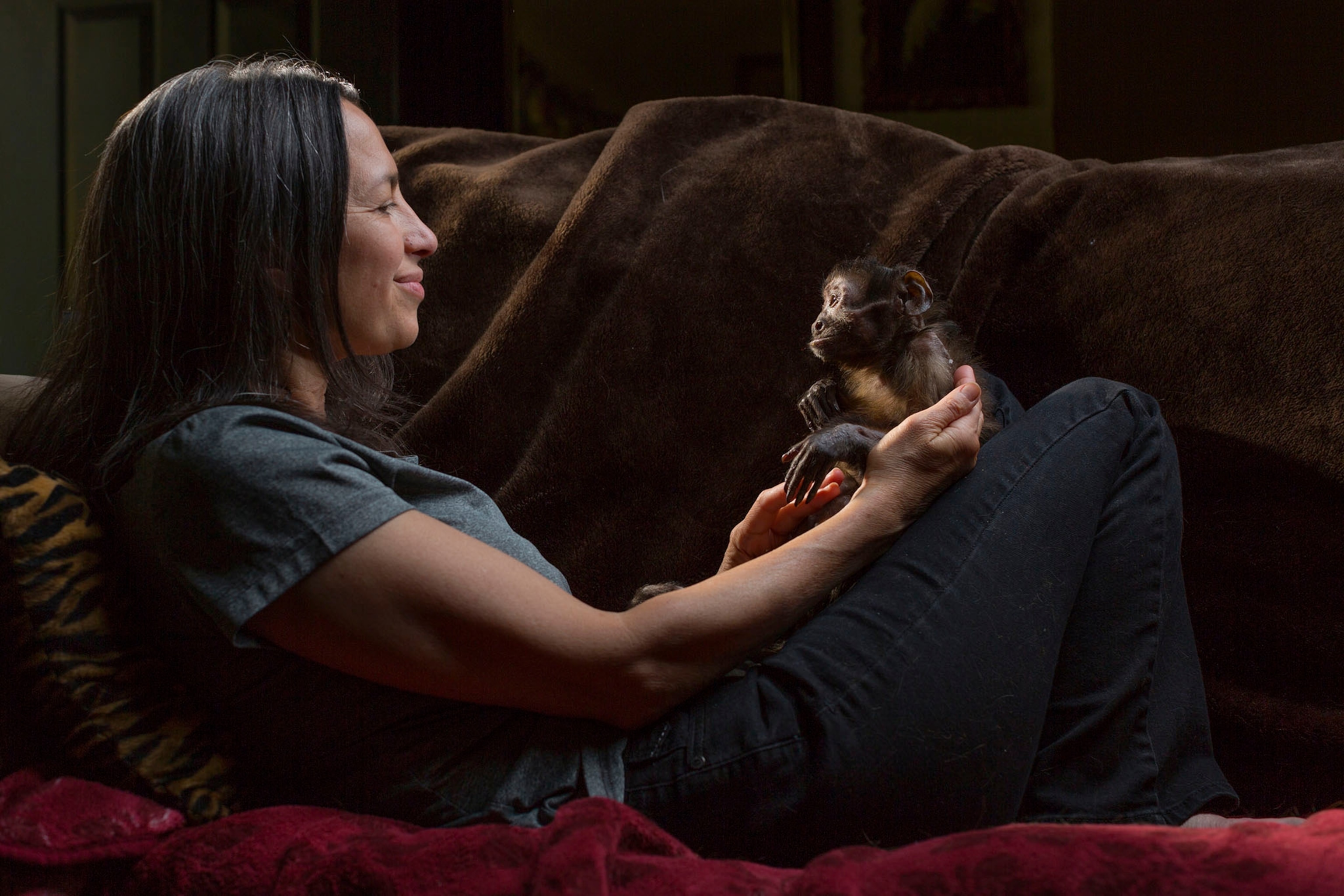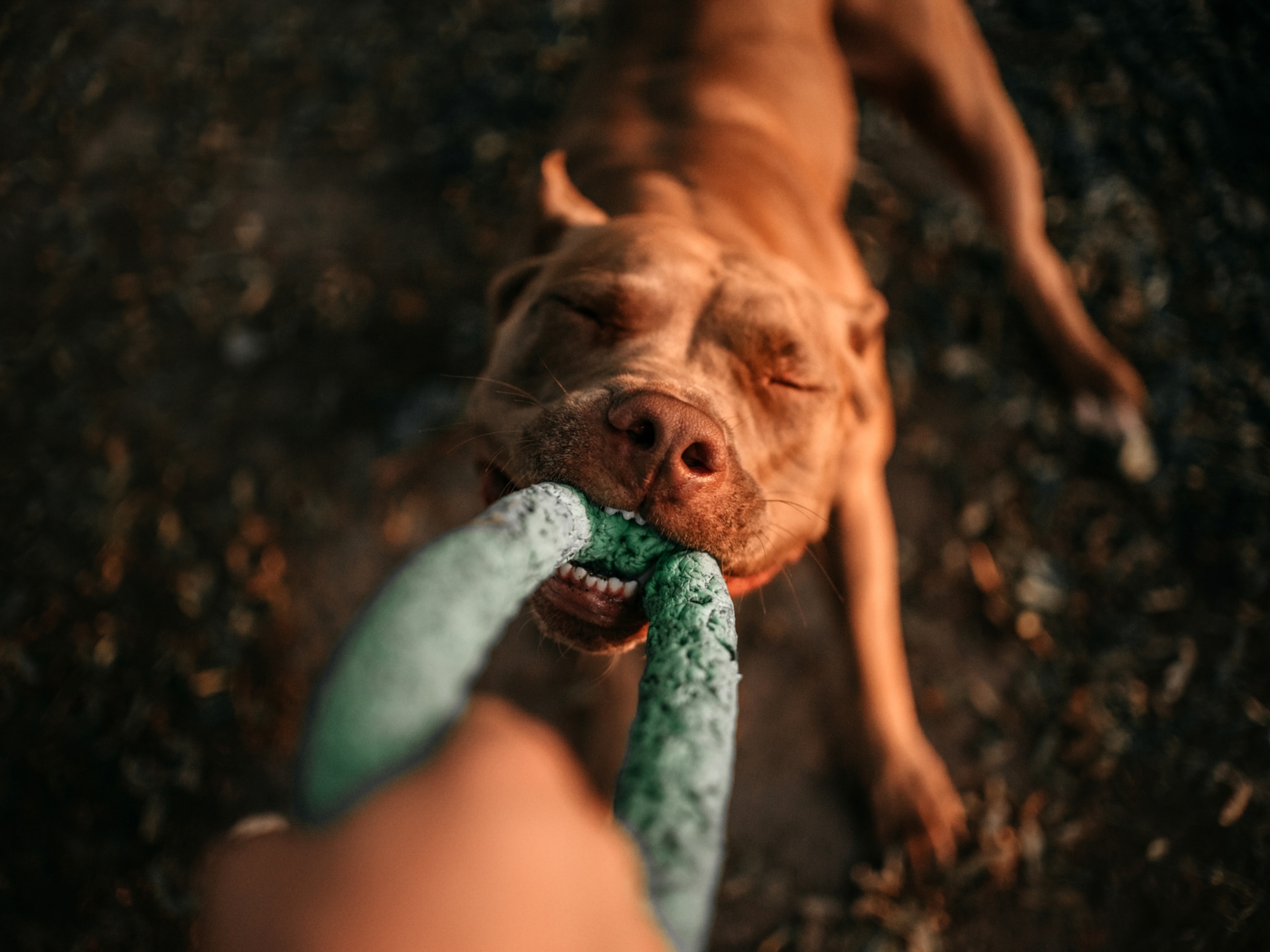
How to make your pet happy and healthy (hint, just listen)
A veterinarian compiles two decades of knowledge into a new guide that demystifies the biggest questions about our animal companions.
From chickens to iguanas to pit bulls, Gary Weitzman has seen it all.
In his more than two decades as a veterinarian, he has developed strategies for treating common ailments and behavioral problems in our animal companions, and has distilled his know-how in the new National Geographic book, Complete Guide To Pet Health, Behavior, And Happiness.
Now CEO of the San Diego Humane Society, Weitzman also hopes to shatter common myths about pets, for instance that cats are easier pets than dogs, and that animal shelters aren’t necessarily “sad places.” (Read more about the science of pets on our Domesticated hub.)
Weitzman sat down with National Geographic to discuss his career and his lovable pit bull, Betty, and Jake, a three-legged German shepherd.
What was your goal in writing this book?
Over the years, I have been tortured by the challenges people have in keeping their pets healthy. I don’t want to replace the relationship people have with their own vet, but I wanted to help them learn how to speak pet so they can help their pets live the best life possible.
(These Vets Go to Extremes to Keep Animals Healthy)
What are some of the difficulties owners have in keeping their pets healthy?
The accessibility of veterinary care, both in terms of location and cost. When many people adopt a pet, the potential costs of care for their pet are often way beyond what people can understand and value. The cost can be prohibitive for nearly everyone. What I want to do is help people translate what their vets are saying so they can make the best decision possible. Often that starts by sitting down with your vet, looking them in the eye, and asking, What are my options?
See 10 Pictures of Exotic Pets
Are there common misconceptions about pet ownership?
Absolutely. A lot of people who work long hours opt to adopt a cat instead of a dog, since they don’t need to be walked or let out. But cats need just as much of your attention and energy as dogs. Your home is their whole world, and you need to make sure their environment is stimulating. (Learn surprising things you never knew about your cat.)
Before someone goes to adopt a pet, what types of things should they think about?
It’s really important not to rush into this. Most shelters or rescues can help you decide on what pet would be the best match, and what you’ll need to do to keep them happy and healthy. We’re expecting a different species to be happy never seeing another one of its kind.
You yourself adopted a special-needs animal. What made you decide to adopt Jake?
Jake, my almost-14-year-old German shepherd, is my third three-legged dog. I adopted them when they had four legs. Jake is the only one I adopted with only three, after treating him as a puppy.
Coming home with these special animals just seems to happen when you’re working in animal hospitals and shelters. My last two dogs, one of which I had when I adopted Jake (so you can imagine the stares I got walking two dogs on six legs!) were greyhounds who both got bone cancer. This is sadly common in greyhounds.
With so much of your career spent working in animal shelters, is there anything you want readers to know about adopting a shelter pet or rescue?
Animals in shelters are often purebreds and make great pets. I really want to dispel the myth that shelters are sad places. Besides the animals of course, the best part of working in a shelter are the people you get to work with. They’re all committed to the cause and want to help the world. When I come into work every day, there are always children and volunteers playing with the animals. It’s a great place to work. (The pets of NatGeo: meet our staffers’ best friends.)
What is something unexpected you hope people take away from your book?
Animal health is not a mystery. True, animals can’t talk, but, in many ways, they’re just like us when they don’t feel well. They get upset stomachs, sore legs, skin rashes, and many of the same things we get. (Learn the signals dogs use to tell us what they want.)
Animals can’t tell us when these things start. But they usually do tell us when they continue to not feel well.
No one knows your pet better than you do yourself; if you listen and watch closely, you’ll generally always know when your pet is not feeling well.
The interview has been lightly edited for brevity and clarity.















